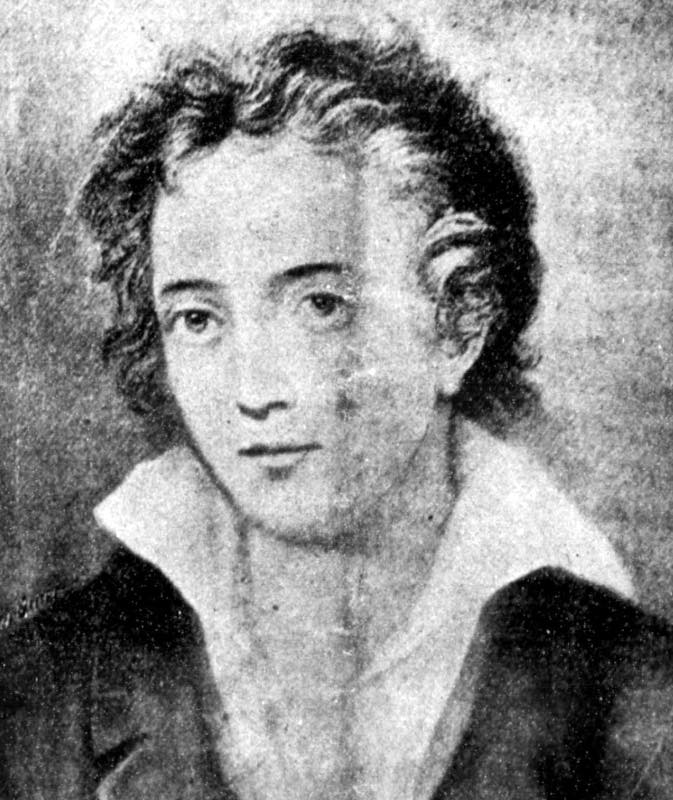
Laudanum was a medical concoction of ten percent opium and ninety percent alcohol. It was flavored with saffron, cinnamon, and cloves or other spices. Extremely popular in Victorian times, laudanum was used as a “cure” for just about every medical problem under the sun, from menstrual cramps to depression.
Since the drug was so popular, many writers from the past have been accused of being laudanum users or even addicts, such as Sir Arthur Conan Doyle and Lewis Carroll, but the claims have been proven false. Other writers and historical persons did use laudanum for a number of different reasons that ranged from pure addiction to pain management.

John Keats
While many historians have firmly believed that there was enough evidence to say that John Keats dabbled in laudanum, a recent biographer, Prof. Nicholas Roe, has made the claim that John Keats was a full out opium addict.
John Keats is a famous English Romantic poet who passed away at the young age of twenty-five from tuberculosis. He had published a total of fifty-four poems during his short life, but always feared that his work would drift off into obscurity. Far from happening, John Keats became immortal through his near perfect poetic style.
In life, he had been friends with both Lord Byron and Percy Bysshe Shelley, both of whom had also been laudanum users. [SOURCES 1, 2]
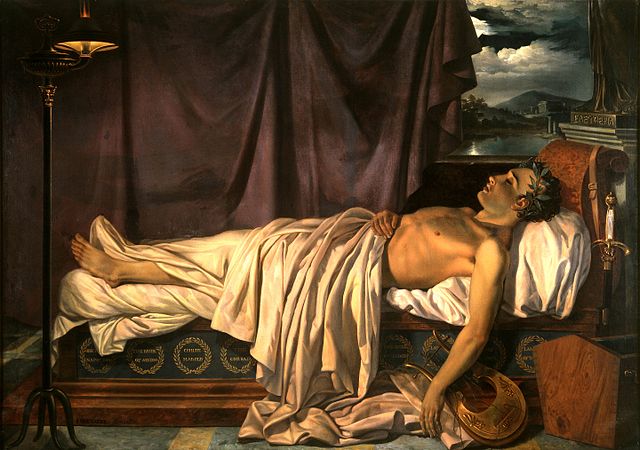
Lord Byron
Born George Gordon Noel Byron, Lord Byron is one of the most well known Romantics. He was a dreamer and a realist who was also known for his sexual adventures.
Lord Byron was born into an aristocratic family and inherited the Lord title when he was a mere ten-years-old. As a boy, he was self conscious about his clubbed foot and had been abandoned by his father. Raised by both his mother and nurse, it is believed that he was emotionally abused by both.
By the age of twelve, he was attending school at Harrow School in London. His sexual nature came forward at this time and he had encounters with both females and males. He had fallen in and out of love with many people, including his female cousin and his half sister.
We know of Lord Byron’s laudanum use from his own journals and letters. In a journal entry dated January 14, 1821, he wrote, “… I don’t like laudanum now as I used to do.” By October of the same year, Lord Byron wrote a letter stating that beer, wine, and laudanum makes him “savage and suspicious, and even quarrelsome.” [SOURCES 3, 4, 5]

Percy Bysshe Shelley
English poet, Percy Bysshe Shelley, began experimenting with drugs while attending Eton, a boarding school. By the time he attended college, he had a strong interest in chemicals and medical books.
He began taking laudanum while at Eton and continued with the opium drug throughout his life. He claimed to have found the drug soothing and restful, and he took it during times of depression.
Shelley was a Romantic visionary and an atheist. He enjoyed controversy and he often rebelled against authority. Like John Keats, Shelley died at a young age, drowning at the age of twenty-nine. [SOURCE 6]
Samuel Taylor Coleridge
Samuel Taylor Coleridge was another one of the great Romantic poets. His most famous poems were “The Rime of the Ancient Mariner,” “Kubla Khan,” and “Christabel,” and most all of his work has been attributed to his opium addiction.
It is known that Coleridge began taking opium while he was in school in London and became addicted to laudanum following an illness by the young age of twenty-nine. While Coleridge lived to the then ripe old age of sixty-one, his life was rife with inner turmoil due to a failed, loveless marriage and his conflicted beliefs concerning religion. [SOURCES 7, 8, 9]
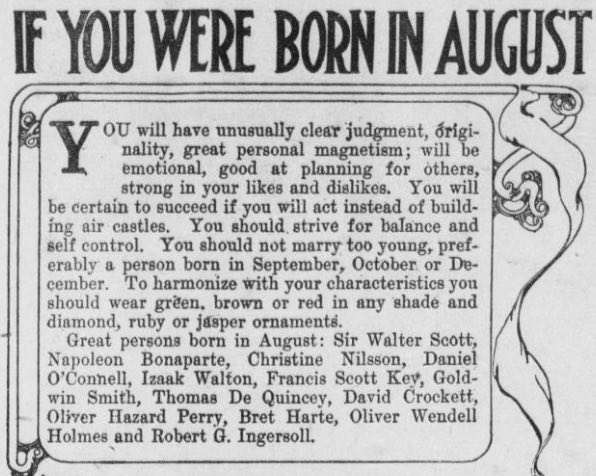
Thomas de Quincey
Some people do not recognize the name Thomas de Quincey until they hear the title of one of his most popular works, “Confessions of an English Opium-Eater.” A famous essayist for his time, de Quincey became an opium addict in his late twenties and was said to always have a decanter of laudanum by his side. He took the “medicine” in larger and larger doses, and kept his opium habit for the rest of his life.
In his youth, he had decided that he would gather up the knowledge of humankind, from history to psychology, and write essays about what he had learned and his critical thoughts on all matters, including the works of Shakespeare. He passed away at the age of seventy-four. [SOURCE 10]

Mary Todd Lincoln
Mary Todd Lincoln, wife of Abraham Lincoln, was and continues to be a very controversial woman in American history. She was very intelligent and studied the works of Shakespeare and Victor Hugo. It was also believed that her own grandmother was a member of the Underground Railroad and helped slaves escape the brutal oppression of the South. This, in turn, was more than likely the reason why Mary Todd was an abolitionist and supported the end of slavery.
A few years after the assassination of her husband, she experienced the loss of one of her sons. She was understandably an emotional mess and her other son, Robert, had her tried for insanity. She was committed to an asylum, but before going to the asylum, it is believed by some that she tried to commit suicide by taking an overdose of laudanum. She is quite easily one of the most famous laudanum users in American history. [SOURCES 11, 12]
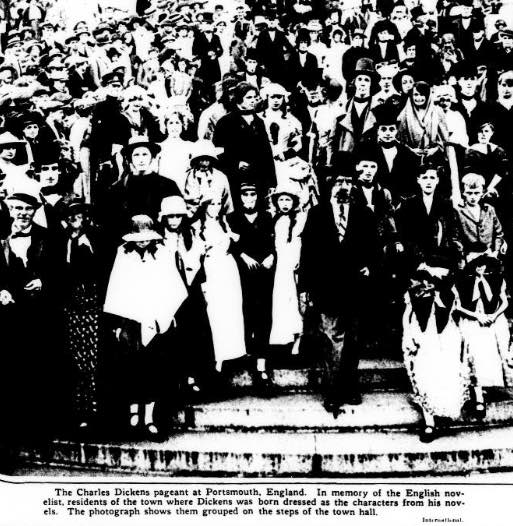
Charles Dickens
British author Charles Dickens mentioned laudanum in some of his books, such as in Oliver Twist and in A Christmas Carol. Dickens was also a laudanum user in his day to day life.
In one of his letters, he wrote that he had a terrible cough, lack of appetite, and could not taste a thing. He “took some laudanum, and it is the only thing that has done me good.”
Dickens laudanum use did not interfere with his creativity and he died at the age of fifty-eight from a stroke. His last novel, The Mystery of Edwin Drood, was unfinished at the time of his death. [SOURCES 13, 14, 15]

Elizabeth Barrett
Elizabeth Barrett was the oldest of twelve children and was an extremely intelligent child. By age six she had learned French and by eleven she was able to read Latin. She also began writing her own poetry and plays at this time. Her first book was published when she was a mere fourteen-years-old.
It is believed that her use of laudanum began after she became ill. Researchers say she may have had spinal tuberculosis and she used laudanum as a medication for the pain. [SOURCE 16]
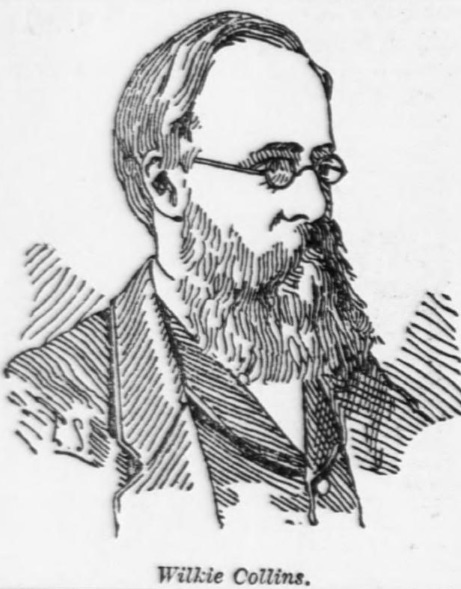
Wilkie Collins
Wilkie Collins, an English novelist, was writing and publishing detective novels more than twenty years before Sir Arthur Conan Doyle published his first Sherlock Holmes story.
Collins lived an interesting life and was good friends with Charles Dickens. His professional writing career began at the age of twenty-four, but Collins was troubled by numerous illnesses which may have led to his laudanum addiction. It is said that at one point Collins drank enough laudanum to kill a dozen people.
He eventually died sometime after having a stroke at the age of sixty-five. He wrote twenty novels during his lifetime. [SOURCES 17, 18]
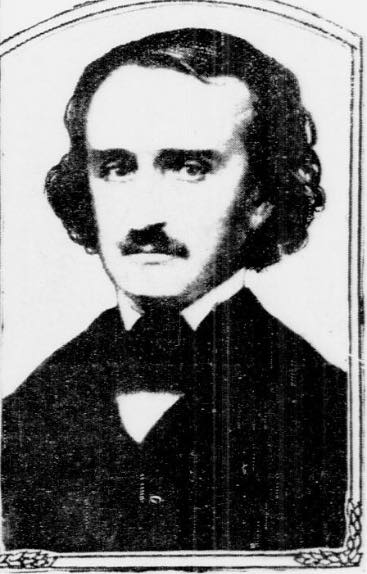
Edgar Allan Poe
There are numerous rumors about Edgar Allan Poe’s drug use, but in truth very little is definitely known. Most researchers agree that Poe was not an opium fiend, as he is sometimes portrayed to have been. He did, however, suffer from occasional depression and anxiety. Laudanum would have been the common cure for his problems at the time and he is known to have taken laudanum as a medicine from 1831 to 1835.
In another instance, Poe wrote a letter in 1848 admitting that he had tried to commit suicide by drinking an ounce of laudanum.
Poe’s drug of choice was alcohol, but it did not take much to get him drunk. According to acquaintances, it only took a half a glass of wine to get Poe lit. [SOURCES 19, 20]

